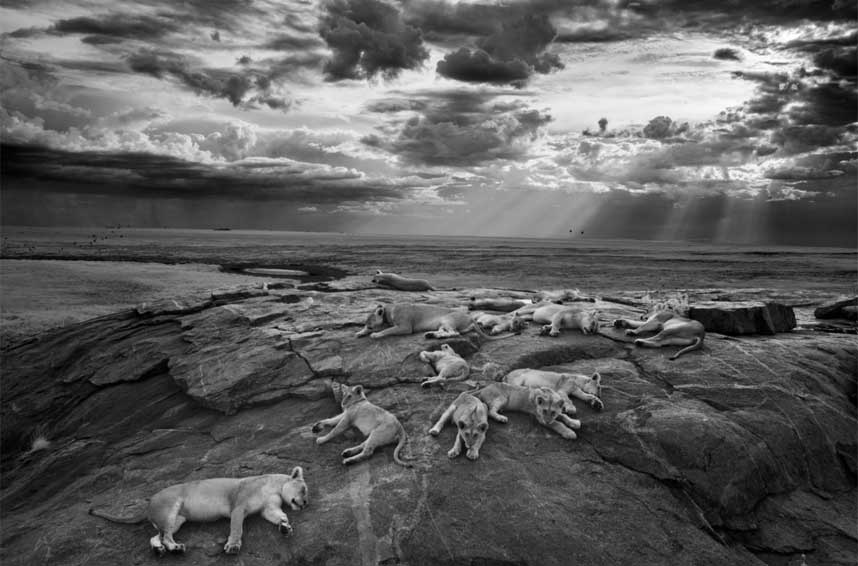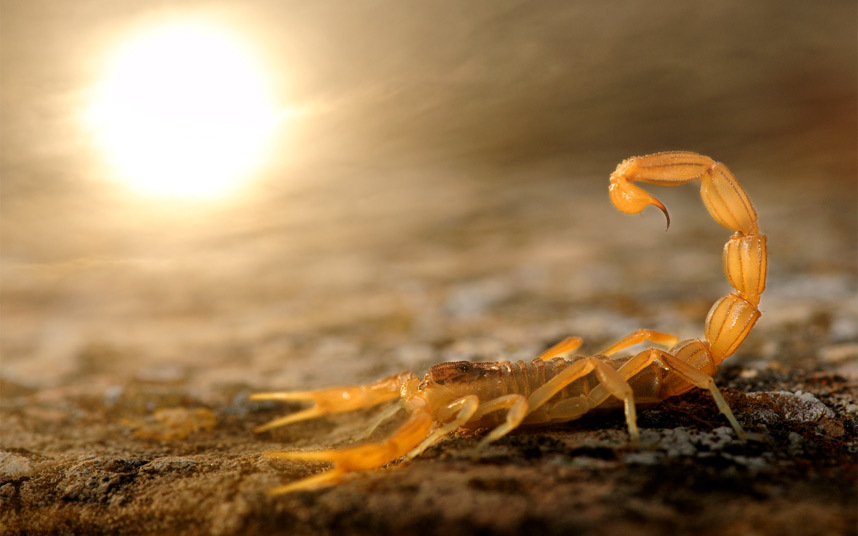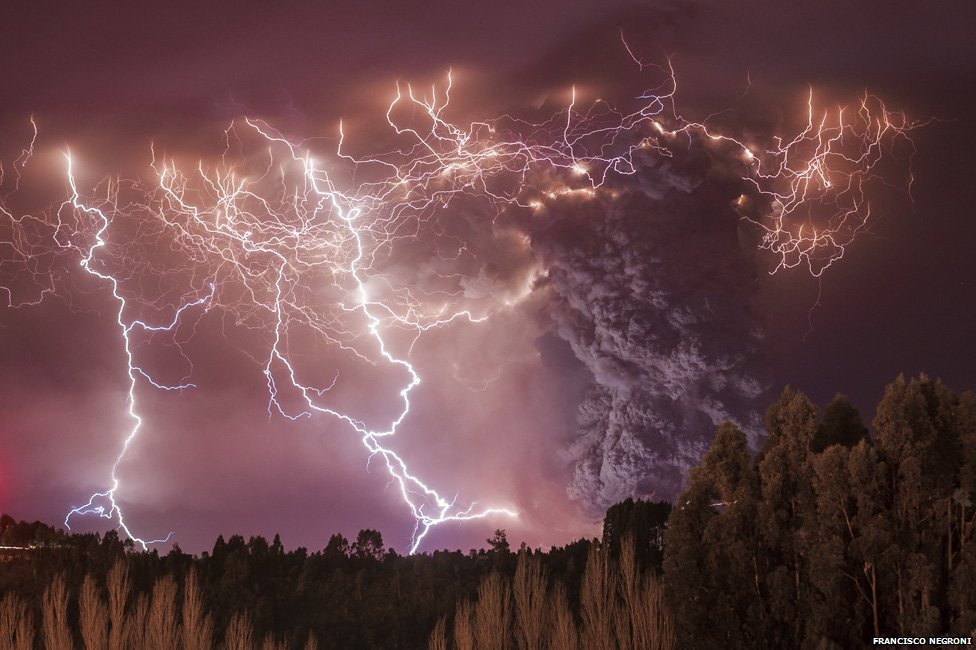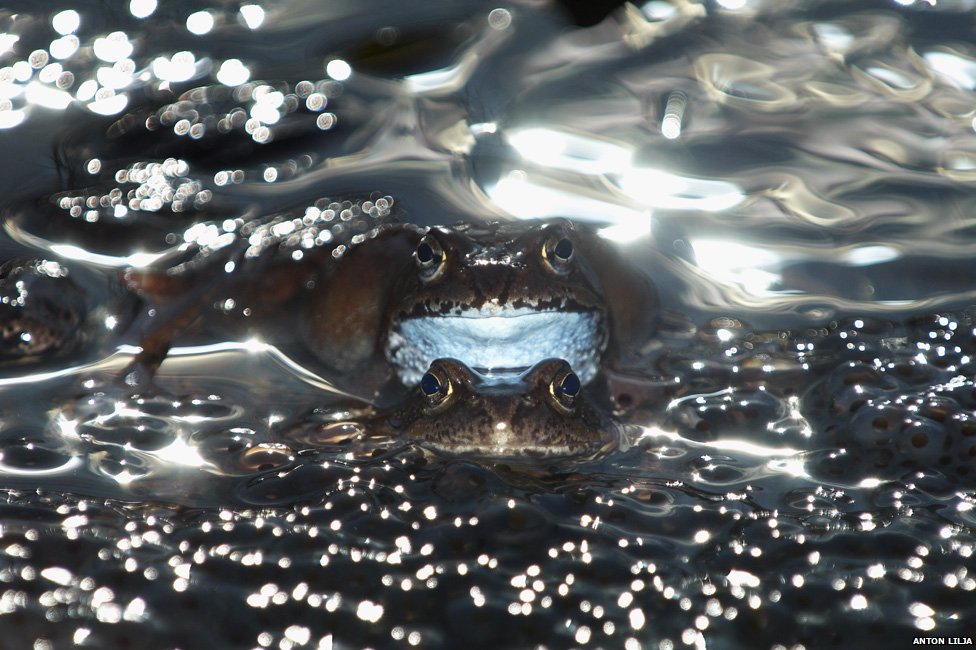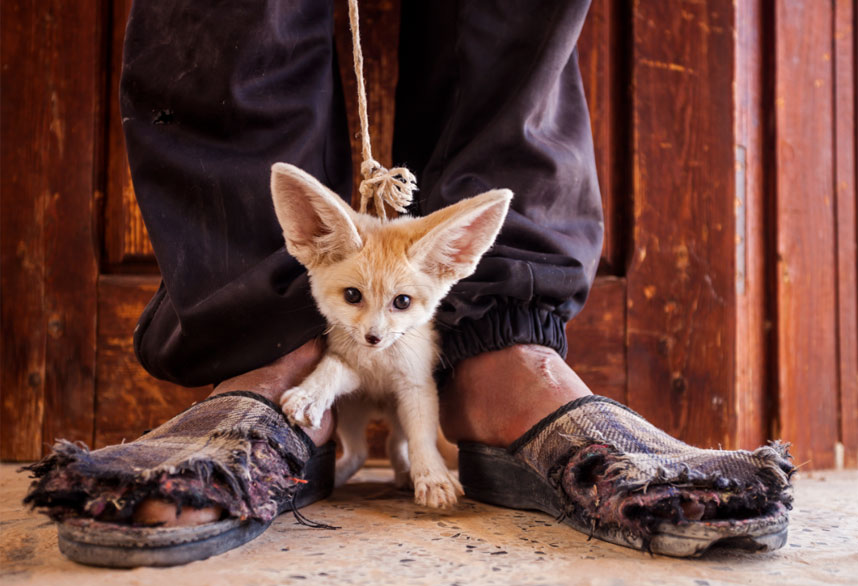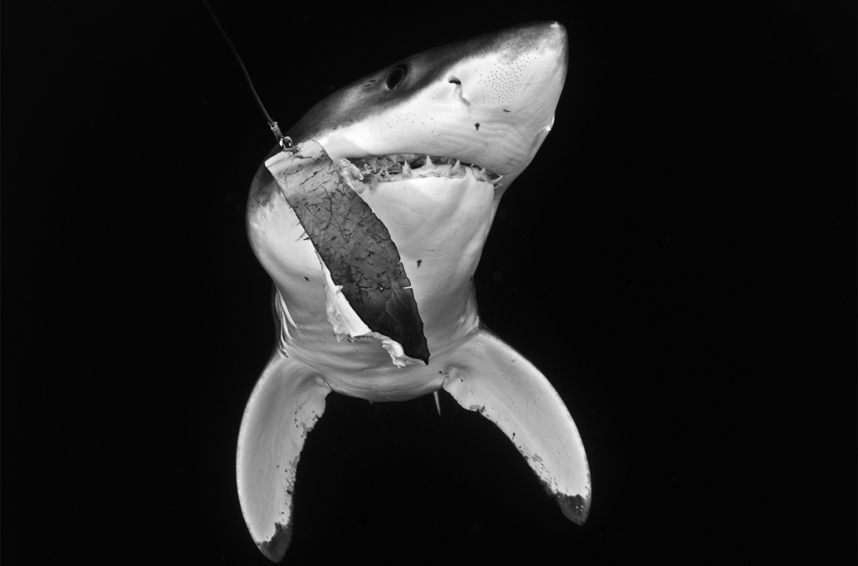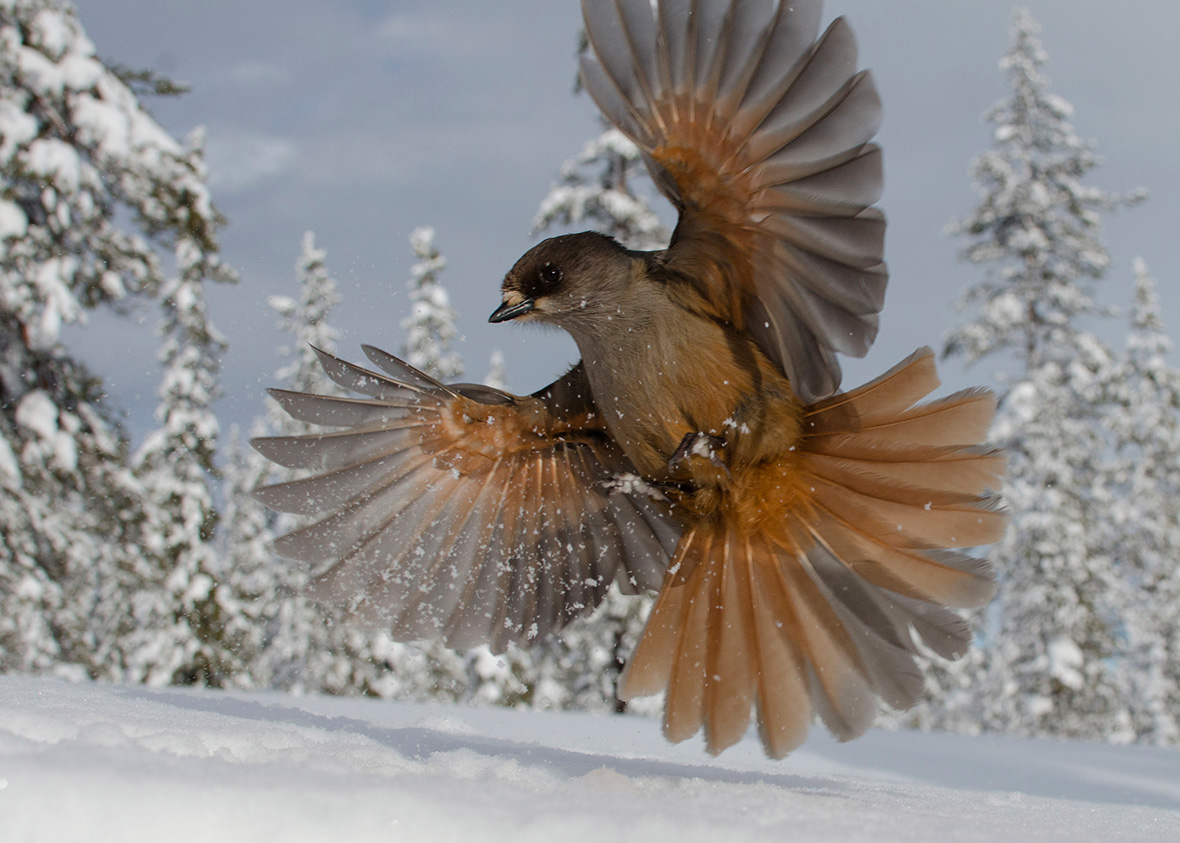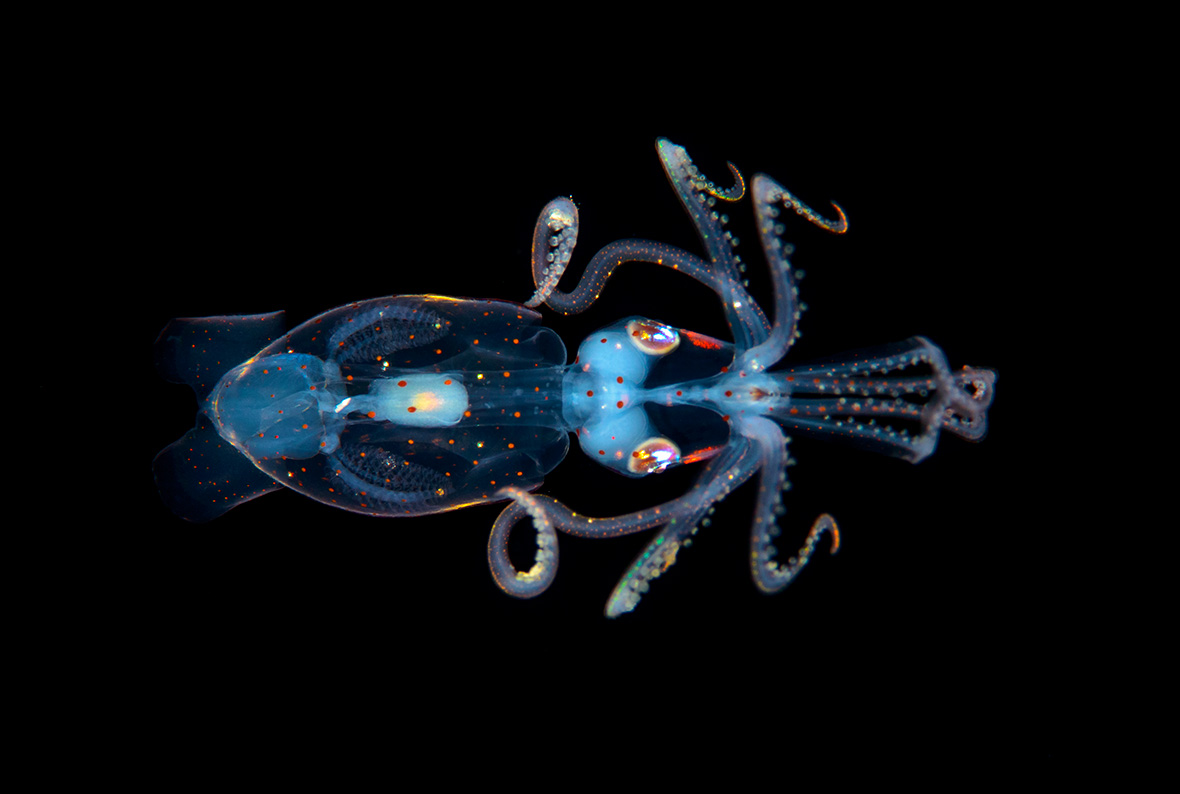[PHOTOS] The Most Talented Wildlife Photographers Of The Year Have Been Revealed
A black and white image of lions – photographed using infrared – has won Wildlife Photographer of the Year 2014, on the competition’s 50th anniversary.
This shot of lions resting on a rock outcrop in the Serengeti has won the 2014 Wildlife Photographer of the Year Award. It beat more than 42,000 entries from 96 countries to the top award.
Titled 'The last great picture', Winner 'Black and White' and overall 'Wildlife Photographer of the Year'
Image via Michael ‘Nick’ NicholsAmerican photographer Michael ‘Nick’ Nichols was named Wildlife Photographer of the Year 2014 by a panel of international judges for his serene black-and-white image of lions resting with their cubs in Tanzania’s Serengeti National Park.
telegraph.co.ukMichael "Nick" Nichols tracked the pride of big cats for six months before capturing this stunning shot, which stretches all the way to the horizon and includes a dramatic African sky. The great sense of depth is enhanced by the use of infrared, which he explains, "transforms the light and turns the moment into something primal, biblical almost"'.
This shot of a scorpion soaking up the sun was awarded 2014 Young Wildlife Photographer of the Year to 8-year-old Carlos Perez Naval. He took this shot near his home in northeast Spain.
Titled 'Sunbathing at dusk Winner' '10 Years and Under' and overall 'Young Wildlife Photographer of the Year'
Image via Carlos Perez NavalThis common yellow scorpion is flourishing its sting as a warning. Carlos had found it basking on a flat stone in a rocky area near his home in Torralba de los Sisones, northeast Spain – a place he often visits to look for reptiles. The late afternoon Sun was casting such a lovely glow over the scene that Carlos decided to experiment with a double exposure for the first time so he could include it.
He started with the background, using a fast speed so as not to overexpose the Sun, and then shot the scorpion using a low flash. But he had to change lenses, using his zoom for the Sun, which is when the scorpion noticed the movement and raised its tail. Carlos then had to wait for it to settle before taking his close-up, with the last of the light illuminating its body.
Francisco Negroni of Chile won the Earth's Environments category with this photograph of volcanic lightning, entitled Apocalypse
After the Puyehue-Cordón Caulle volcanic complex began erupting, Negroni travelled to Puyehue National Park in southern Chile. He watched as flashes of lightning lacerated the sky and the glow from the molten lava lit up the smoke billowing upwards and illuminated the landscape. "It was the most incredible thing I have seen in my life," he said.
Volcanic lightning (also known as a ‘dirty thunderstorm’) is a rare, short‑lived phenomenon probably caused by the static electrical charges resulting from the crashing together of fragments of red‑hot rock, ash and vapour high in the volcanic plume.
telegraph.co.ukIn the 15 to 17 Years category, Sweden's Anton Lilja with this shot of a male frog in the moment of fertilising a female's mass of eggs was declared the winner
Hearing that masses of common frogs were gathering in a flooded gravel pit near his home in Västerbotten, Sweden, Anton Lilja set out to photograph the mating spectacle. Lying down on the bank at eye level with the water, he became fascinated by the light bouncing off the spawn and the water, which by now was vibrating with the activity of the frogs. Experimenting with his flash, he achieved the effect he wanted just as a pair of frogs in amplexus popped up right in front of the camera, the male revealing his throat to be flushed with blue. They stayed posed amid the glossy wobbliness, allowing Anton time to compose his shot.
telegraph.co.ukWill Jenkins, from the UK, was a finalist in the 11 to 14 Years category with this picture of a green iguana that was playing near his holiday hotel pool in Costa Rica
Owl
Relaxing by the hotel at the end of a Costa Rican family holiday, Will Jenkins was planning on a day hanging out by the pool and surfing – that was until this green iguana jumped down from the roof.
Selecting a wide aperture to make his subject stand out, Will carefully focused on its eye. ‘The iguana sunbathed for about 20 minutes before heading to the beach. It made me realize that you should always have your camera with you, just in case.’
Bruno D'amicis won the World in Our Hands section. The picture depicts a teenager in Tunisia trying to make an illegal sale of a three-month-old fennec fox
A teenager from a village in southern Tunisia offers to sell a three-month-old fennec fox, one of a litter of pups he dug out of their den in the Sahara Desert. Catching or killing wild fennec foxes is illegal in Tunisia but widespread, which Bruno D'Amicis discovered as part of a long-term project to investigate the issues facing endangered species in the Sahara. He gained the confidence of villagers in Tunisia, Algeria and Morocco and discovered widespread wildlife exploitation, including hunting and capture for commercial trade and traditional medicine.
telegraph.co.ukHe also discovered that the causes and therefore the solutions are complex. But Bruno is convinced that change is possible – that tourism has a part to play and that thought‑provoking images can help raise awareness among tourists as well as highlight what’s happening to the fragile Sahara Desert environment.
telegraph.co.ukRodrigo Friscione Wyssmann of Mexico was named as a finalist in the World in our Hands category for this photo, The Longline Lottery
Wyssmann came upon the grim sight off Magdalena Bay on the Pacific coast of Baja California, Mexico, after noticing a fisherman's buoy had been dragged below the surface by a considerable weight. The hook was on a long line of hooks, set to catch blue and mako sharks. "'I was deeply shocked. Great whites are amazing, graceful and highly intelligent creatures. It was such a sad scene that I changed the image to black and white, which felt more dignified," he said.
Edwin Sahlin of Sweden was a finalist in the 15 to 17 Years category for this photo called Snowbird
Cheese and sausage are what Siberian jays like – so Edwin Sahlin discovered on a skiing holiday with his family in northern Sweden. Whenever they stopped for lunch, he would photograph the birds that gathered in hope of scraps. On this occasion, while his family ate their sandwiches, Edwin dug a pit in the snow deep enough to climb into. He scattered titbits of food around the edge and then waited. To his delight, the jays flew right over him, allowing him to photograph them from below and capture the full rusty colours of their undersides more clearly than he had dared hope.
telegraph.co.ukJan van der Greef from the Netherlands was a finalist in the Birds category for this photo, called Touché
A focus of Jan van der Greef's trip to Ecuador was the astonishing sword-billed hummingbird – the only bird with a bill longer than its body (excluding its tail). Its 11cm bill is designed to reach nectar at the base of equally long tube-shaped flowers, but Jan discovered that it can have another use.
telegraph.co.ukOne particular bird had a regular circuit through the forest, mapped out by its favourite red angel trumpet flowers and bird-feeders near Jan’s lodge. To get to the bird-feeders, it had to cross the territory of a fiercely territorial collared inca. Rather than being scared off, once or twice a day ‘it used its bill to make a statement’. To capture one of these stand-offs, Jan set up multiple flashes to freeze the hummingbirds’ wing-beats – more than 60 a second – and finally captured the precise colourful moment.
Fabien Michenet of France has been named as a finalist in the Underwater Species category for Little Squid
Planktonic animals are usually photographed under controlled situations, after they’ve been caught, but Fabien Michenet is fascinated by the beauty of their living forms. Night-diving in deep water off the coast of Tahiti, he became fascinated by this juvenile sharpear enope squid. Just 3cm long, it was floating motionless about 20 metres below the surface.
telegraph.co.ukIts transparent body was covered with polka dots of pigment-filled cells, and below its eyes were bioluminescent organs. Knowing it would be sensitive to light and movement, Fabien gradually manoeuvred in front of it, trying to hang as motionless as his subject. Using as little light as possible to get the autofocus working, he finally triggered the strobes and took the squid’s portrait before it disappeared into the deep.
telegraph.co.uk